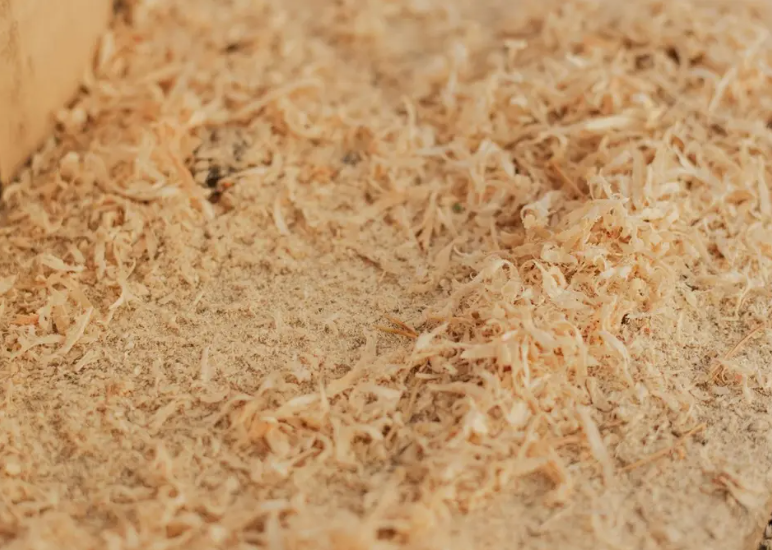Researchers at the University of the Basque Country (UPV/EHU) have developed a hybrid supercapacitor using carbon derived from Pinus radiata waste.
The lithium-ion capacitor features electrodes made from discarded wood particles, offering a sustainable and cost-effective energy storage solution.
With abundant biomass resources in the Basque Country in Spain, the team utilized environmentally friendly and inexpensive processes to create high-performance electrodes. Their findings highlight the potential of biomass-based materials in producing efficient, eco-friendly energy storage systems.
According to researchers, the innovation could pave the way for greener alternatives in high-power energy storage, reducing reliance on conventional materials and enhancing sustainability in the sector.
Biomass-powered capacitors
Modern society’s growing energy needs necessitate sustainable storage options that don’t fuel global warming. Energy storage is dominated by lithium-ion batteries (LIBs) and supercapacitors (SCs), but each has drawbacks: SCs have high power but rapidly self-discharge, while LIBs have high energy but deteriorate with time.
Combining the two technologies, lithium-ion capacitors (LICs) provide high energy, power, and long cycle life, which makes them perfect for uses such as electric vehicles and wind turbines.
The choice of electrode material has a significant impact on LIC performance. Despite its widespread use, graphite is a key raw element and is expensive for the environment. Although alternatives like hard carbons, soft carbons, and nanocarbons have potential, their high cost and complexity prevent their widespread use.
The UPV/EHU team developed a cost-effective LIC using carbon from Pinus radiata waste, an abundant and sustainable resource in Biscay, Spain. They produced high-performance electrodes using carbon sourced from biomass instead of costly chemicals or energy-intensive procedures.
“We develop new materials that can be used to store energy. In this case, to create electrodes we prepared carbon from the wood particles of the insignis pines that are all around us and are used in carpentry workshops,” said Idoia Ruiz de Larramendi, a lecturer at UPV/EHU and member of the research group, in a statement.
Eco-friendly batteries
Batteries and supercapacitors are essential for energy storage, each with distinct advantages. Supercapacitors produce great power output for brief periods of time, whereas batteries retain more energy. Supercapacitors are not suited for long-term energy supply, but they are perfect for applications that need quick energy release.
The research created a hybrid lithium-ion device that combines the advantages of both technologies. It retains the robustness and quick charge-discharge qualities of a supercapacitor while storing high-power energy like a battery. The device’s total performance is improved by combining electrodes of the battery and supercapacitor types.
Various forms of carbon, carefully chosen from biomass sources, were used to create electrodes. Not all biomass provides suitable carbon for energy storage applications, but results demonstrated the effectiveness of carbon derived from insignis pine.
Researchers found that one electrode was composed of hard carbon and the other of activated carbon. Sustainability and cost-effectiveness were given top priority during the production process, which used cost-effective additives and maintained synthesis temperatures below 700°C.
In the new configuration, the positive electrode, which is composed of the same carbon, has a big surface area, while the negative electrode stores a lot of energy without the need for expensive chemicals. The system provides 105 Wh/kg at 700 W/kg and retains 60 percent capacity after 10,000 charge cycles.
The study points to the potential of local biomass as a cost-effective, eco-friendly alternative for lithium-ion capacitors. The team highlights that biomass-derived materials offer promising opportunities for high-power energy storage, emphasizing the need for continued research to improve energy storage technologies with sustainable solutions.
The details of the team’s research were published in the Journal of Power Sources.
Source: https://interestingengineering.com/energy/sawdust-superpower-wood-waste-battery-breakthrough




